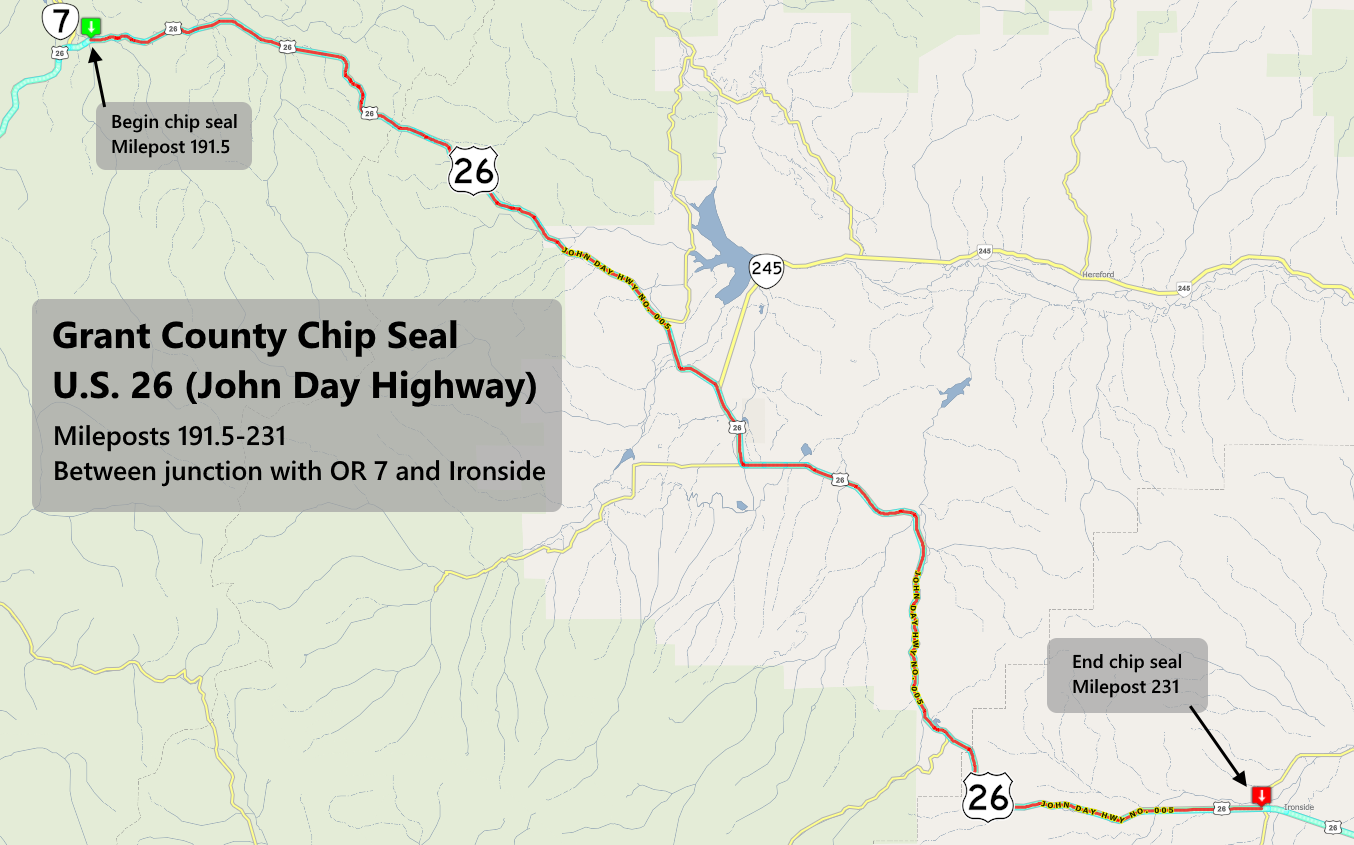Salvage sales go out for bid – again
Published 5:00 pm Tuesday, October 7, 2008
JOHN DAY – The Forest Service is taking another run at two salvage timber sales that failed to draw a single bidder last month amid continuing turmoil in the timber markets.
The sales went to bid as a result of the unprecedented salvage sale agreement forged last May between timber and environmental interests on the Malheur National Forest.
Rusty Inglis, sale administrator for the Malheur National Forest, said the two sales have been reappraised and are being advertised again in this week’s Blue Mountain Eagle.
“The market’s been so crazy, so poor, we can’t keep up with what the timber’s really worth,” he said.
Dubbed the Egg and Fried Sales, they are among four sales drawn up in the Egley Fire area that burned in the southern reaches of the Malheur in 2007.
Malheur Lumber Company was the sole bidder for a third sale that went to bid at the same time in September. The Lew Sale – estimated at 7.05 million board feet of ponderosa pine and other timber species – went for the Forest Service’s minimum rate of $64.75 per 1,000 board feet.
The fourth sale – the 4.67 million-board-foot Yolk Sale – is being advertised this week for the first time. Bids are due Oct. 15, Inglis said.
All of the sales are along Forest Service Roads 41, 43 and 47 and their tributaries.
Inglis said the lack of bidding on the first try came as a surprise. He said several industry representatives had toured the sites earlier and seemed interested, but “then nobody bid.”
He’s hoping a readjusted rate will revive the interest.
Mike Billman, operations forester for Malheur Lumber, said the company decided to bid only on the Lew Sale because the rates were too high on the others “given today’s conditions.”
Inglis said that in setting its minimum rates, the Forest Service seeks to balance a fair return on the timber for the public and a realistic idea of what a purchaser would be willing to pay. The latter’s been a tough call as the housing market collapsed, sending ripples through the wood products industry.
Billman said a buyer has to weigh the appraised value of the timber against the costs of logging, hauling and other factors, such as slash and road maintenance costs. Fuel costs are having a big impact on the bottom line, and road maintenance costs in sales like these can be high, he said.
That said, the company is still interested in the remaining Egley sales and will be checking out the new minimum rates.
Billman said that although some of the timber is starting to “blue” – a term for staining that occurs as the wood dies – the timber has held up better than expected.
“Of course, we would have liked to have been in there even sooner,” he said.
Billman said that the Lew sale should produce enough timber volume to keep the mill busy through the holidays.
The volumes of the remaining sales are estimated at 5.3 million board feet on the Fried Sale; 1.98 million million on the Egg, and 4.67 on the Yolk. (Inglis said presale crews select the names, and humorous picks are something of a tension reliever for them.)
The minimum rates are not released until the sales are advertised.
All of these sales were rushed to bid after the intense negotiations last spring over salvage sales. Industry officials were particularly anxious to get into the Egley area before another year passed, allowing the timber to deteriorate further from heat, insects and decay.
Environmental groups participating in the talks agreed to forego appeals of the sales in exchange for protection of areas they considered critical for wildlife habitat and wilderness characteristics. While trying to protect such areas, they also acknowledged the need to preserve the infrastructure – the mills and logging industry – that will be required to do future forest health and restoration projects.






